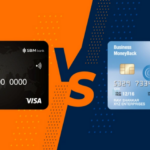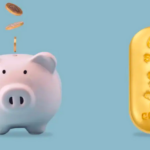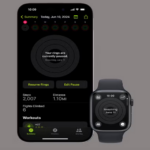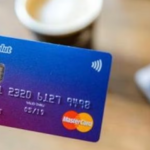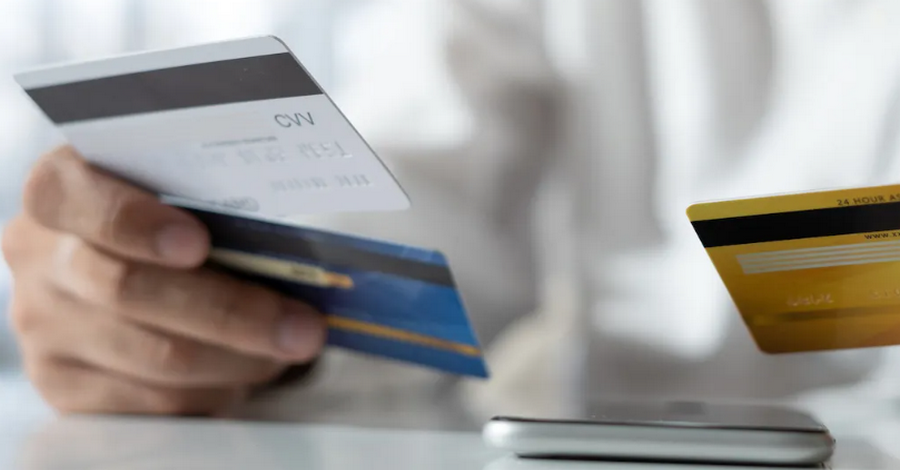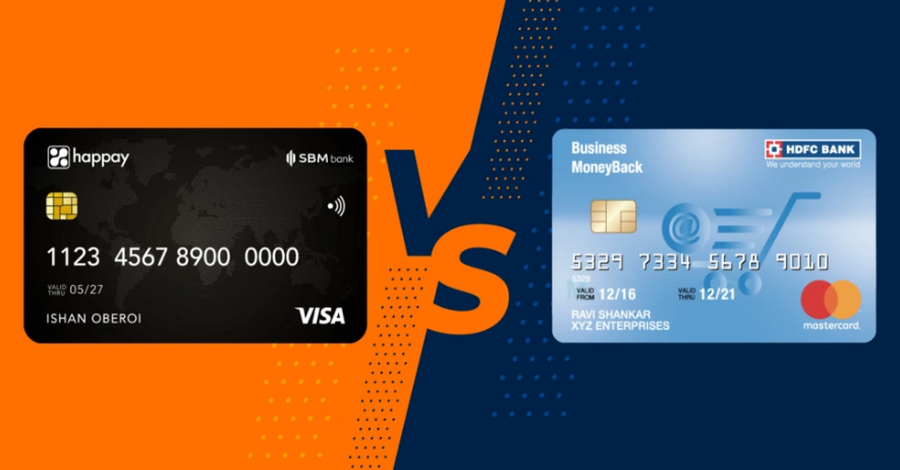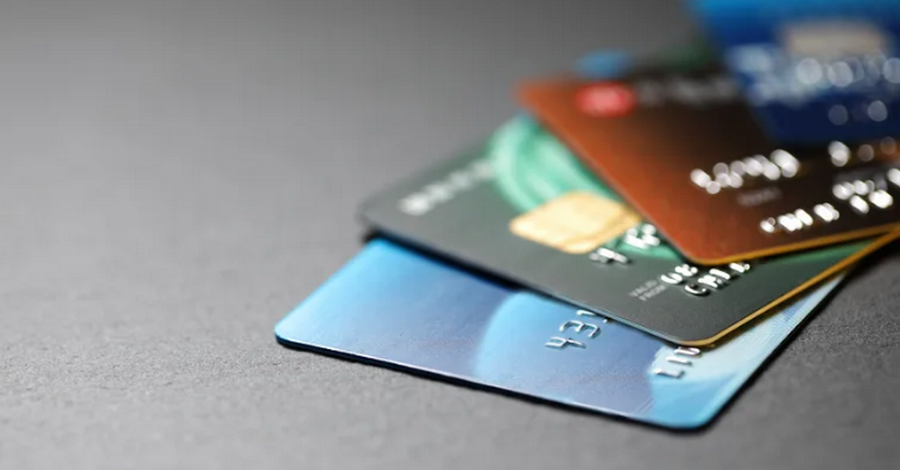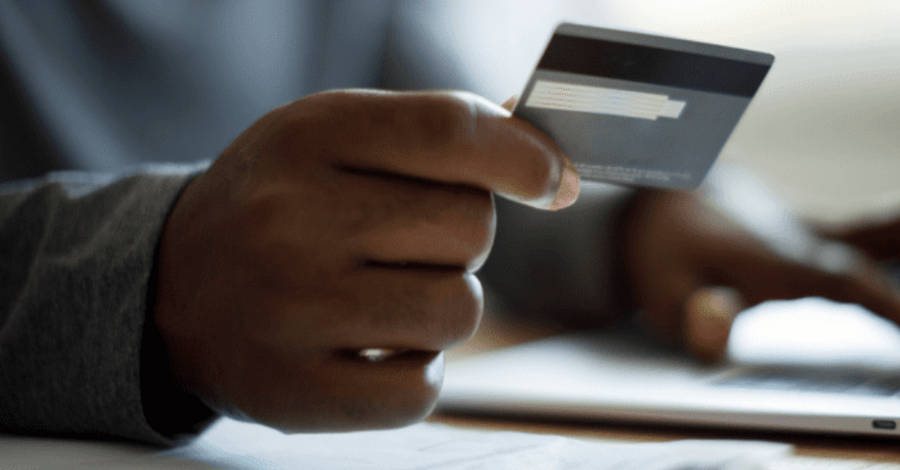Managing credit card debt can feel overwhelming, especially when it starts to pile up. However, with a clear plan and some external assistance, you can take control of your finances and work toward a debt-free future. This guide will provide actionable steps to handle credit card debt effectively, even if you only need a little help to get back on track.
1. Understand Your Debt Situation
Before tackling your credit card debt, you need a clear picture of your financial situation. Start by:
- Listing All Credit Cards: Write down each credit card you own, along with the outstanding balance, interest rate (APR), and minimum payment.
- Calculate Your Total Debt: Add up all balances to understand the full extent of your debt.
- Review Your Monthly Budget: Determine how much money you have available each month to allocate toward debt payments after covering essential expenses like rent, utilities, and groceries.
Having a complete understanding of your debt will help you prioritize and strategize repayment.
2. Create a Debt Repayment Plan
A structured repayment plan is essential for tackling credit card debt. Two popular strategies are:
A. Debt Snowball Method
- Focus on paying off the smallest debt first while making minimum payments on other cards.
- Once the smallest debt is paid, redirect those funds to the next smallest debt.
- This method provides quick wins, which can be motivating.
B. Debt Avalanche Method
- Focus on paying off the debt with the highest interest rate first while making minimum payments on other cards.
- Once the high-interest debt is cleared, move to the next highest interest rate.
- This method minimizes the amount of interest paid over time.
Choose the approach that aligns best with your financial goals and motivation style.
3. Negotiate With Credit Card Issuers
Credit card companies may be willing to work with you if you’re struggling to make payments. Consider:
- Requesting a Lower Interest Rate: A reduced APR can save you money on interest and make repayment more manageable.
- Setting Up a Payment Plan: Some issuers offer hardship programs that provide temporary relief, such as lower minimum payments or waived fees.
- Consolidating Balances: Ask if you can transfer high-interest balances to a card with a lower interest rate.
Polite communication and demonstrating your commitment to repayment can increase your chances of success.
4. Use Balance Transfer Credit Cards
Balance transfer credit cards allow you to move high-interest debt to a card with a lower or 0% introductory APR for a set period. This can help you save money on interest and pay down your balance faster.
- Compare Offers: Look for cards with long 0% APR periods and low balance transfer fees.
- Create a Payment Plan: Aim to pay off the transferred balance before the promotional period ends, as the interest rate may increase afterward.
- Avoid New Purchases: Focus on reducing the transferred balance rather than accumulating new debt.
5. Consider a Debt Consolidation Loan
A debt consolidation loan combines multiple debts into a single loan with a fixed interest rate and monthly payment. Benefits include:
- Lower Interest Rates: Personal loans often have lower rates than credit cards.
- Simplified Payments: Instead of managing multiple credit card payments, you’ll have just one loan payment.
- Clear Repayment Timeline: Loans typically come with a set term, so you’ll know when you’ll be debt-free.
Research lenders and compare terms to find the best consolidation loan for your needs.
6. Seek Help From a Credit Counseling Agency
Credit counseling agencies provide professional assistance to individuals struggling with debt. They offer services such as:
- Budget Counseling: Guidance on creating a realistic budget.
- Debt Management Plans (DMPs): A structured plan where the agency negotiates with creditors to lower interest rates and consolidate payments.
- Financial Education: Resources and workshops to improve your money management skills.
Choose a reputable, nonprofit credit counseling agency for trustworthy and affordable support.
7. Cut Unnecessary Expenses
Freeing up extra money in your budget can accelerate debt repayment. Review your spending and identify areas where you can cut back:
- Cancel Subscriptions: Pause or cancel streaming services, gym memberships, or other recurring expenses you don’t use regularly.
- Cook at Home: Reduce dining out and prepare meals at home to save money.
- Limit Discretionary Spending: Delay non-essential purchases until your debt is under control.
Redirect the savings from these adjustments toward your credit card payments.
8. Increase Your Income
Boosting your income can provide additional funds to pay off debt. Consider:
- Taking on a Side Job: Freelancing, gig work, or part-time employment can supplement your income.
- Selling Unused Items: Declutter your home and sell items you no longer need online or through a garage sale.
- Requesting a Raise: If you’ve been performing well at your job, consider discussing a salary increase with your employer.
Use the extra earnings to pay down your credit card balances faster.
9. Avoid Accumulating New Debt
To make progress on your existing debt, it’s crucial to avoid adding to it. Here’s how:
- Stop Using Credit Cards: Switch to cash or a debit card for purchases until your debt is under control.
- Stick to Your Budget: Follow a spending plan to ensure you’re living within your means.
- Build an Emergency Fund: Set aside a small fund to cover unexpected expenses, so you don’t have to rely on credit cards.
10. Monitor Your Progress
Tracking your debt repayment progress can keep you motivated and help you stay on course. Use tools like:
- Spreadsheets: Document your balances, payments, and remaining debt.
- Mobile Apps: Budgeting and debt management apps can provide visual insights into your progress.
- Monthly Reviews: Set aside time each month to evaluate your progress and adjust your strategy if needed.
Celebrating small milestones, such as paying off a single card, can reinforce your commitment to becoming debt-free.
11. Know When to Seek Professional Help
If you’re overwhelmed by debt or unable to make minimum payments, it may be time to seek professional assistance. Options include:
- Debt Settlement Companies: Negotiate with creditors to settle your debt for less than the full amount owed. Be cautious, as this can impact your credit score.
- Bankruptcy: As a last resort, bankruptcy can provide relief from unmanageable debt, but it comes with significant long-term consequences.
Consult with a financial advisor or attorney to explore these options and determine the best course of action.
Handling credit card debt doesn’t have to be daunting. With a clear plan, disciplined spending, and a little help from credit card issuers or counseling agencies, you can regain control of your finances. Remember, the key is to take proactive steps, stay committed to your goals, and seek assistance when needed. By following these strategies, you’ll be well on your way to reducing your debt and achieving financial freedom.

